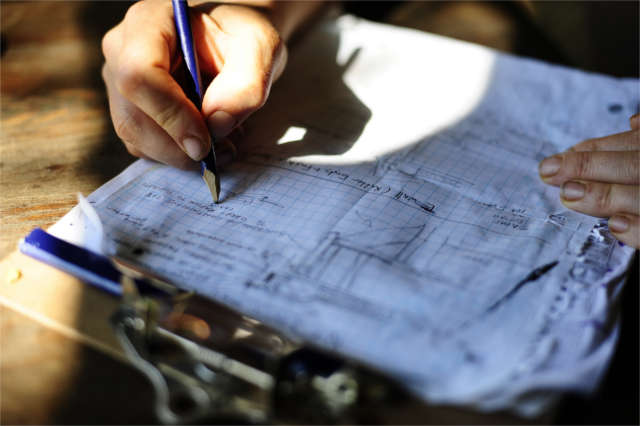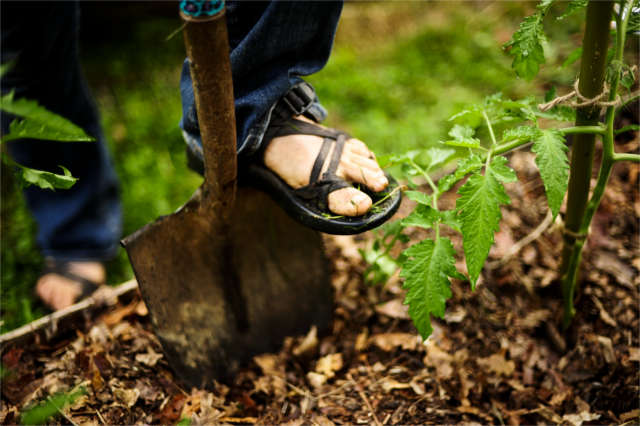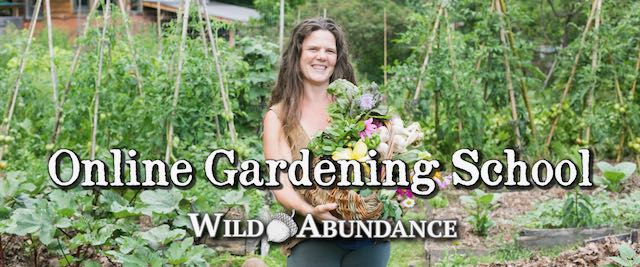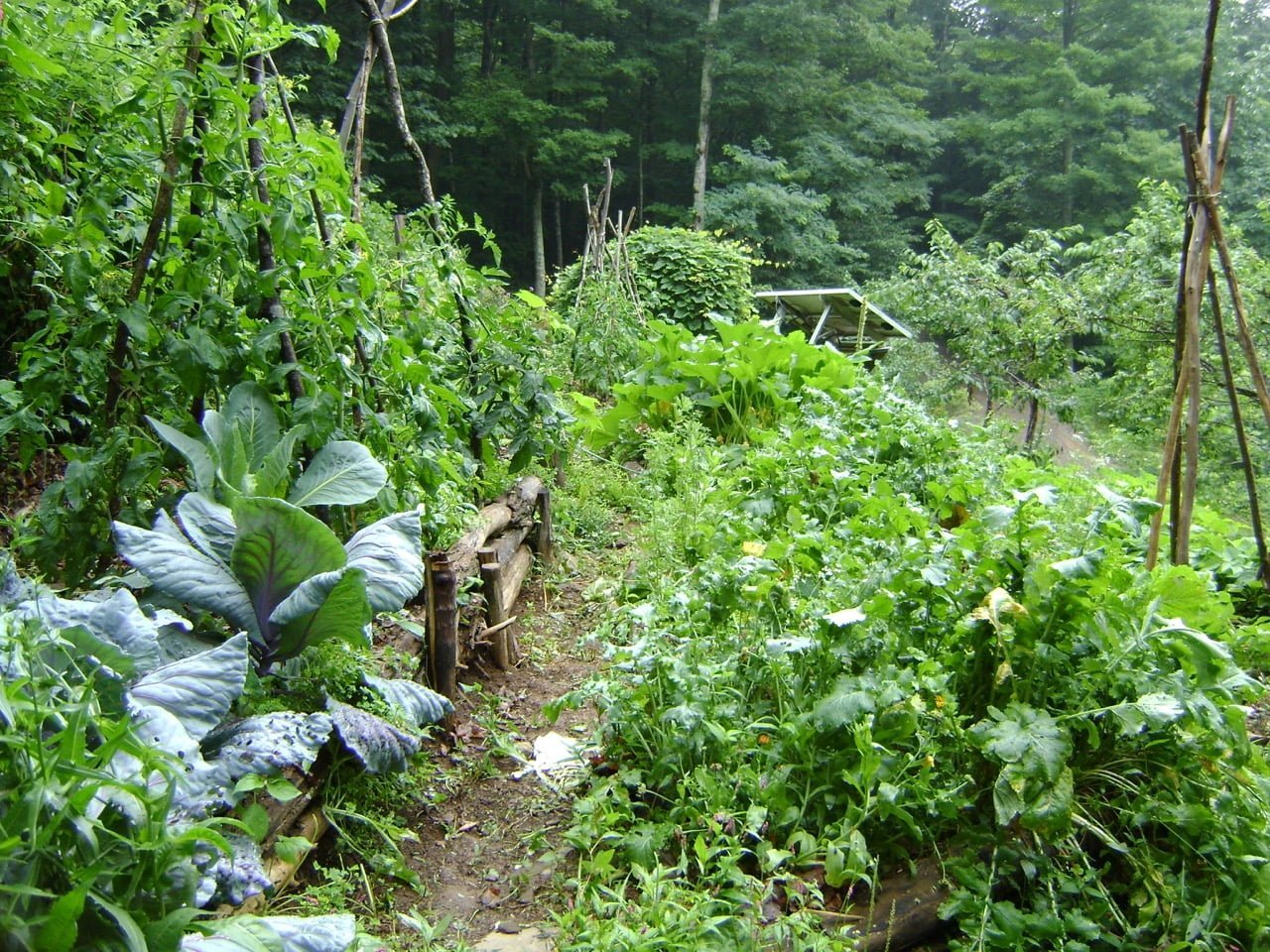
Learning as you go is one of the most rewarding things about growing a garden. Keeping a garden journal will help you do this. Whether you planted your first tomatoes this year or you’ve been tending a plot for 40 years, there are always new things to try and practices to improve upon. Gardening is a work in progress. It happens in continual exchange with the soil, weather, weeds, critters, seeds, moon cycles, and other factors that are part of engaging with the natural world.
Why keep a garden journal?
Recording your progress in a garden journal throughout the season can help you learn from your mistakes instead of repeating them. It can also be useful in crop planning (deciding how much space you want to allot to which crops and where you want to plant them). A garden journal is a handy way to keep track of variety names and seed sources
But who has time to keep a garden journal in the spring and summer? We’re too busy gardening!
Here are a few tips that can help you streamline the process to make it quick and easy.
Spring and summer – bare bones garden journal


During the busy times of year, getting everything planted and weeded is paramount. The long days are filled with doing, so use your garden journal to jot down only the most crucial information:
- Sowing and planting dates: sowing is when a seed goes into soil, whether the earth or a flat; planting is when a living baby plant gets transplanted into the earth
- Crop and variety names: you can just write “Cabbage” (the crop), or, better yet, you can write “Cabbage – Early Jersey Wakefield” (the crop and variety). You’ll find interesting varieties and high-quality seeds through independent seed companies.
- Number of plants or row-feet: if your garden is small, or you’re planting a small patch of something, the number of plants is appropriate; if you’re working on a larger scale, row-feet is a more realistic and workable number
Be sure to leave plenty of space on the pages of this bare-bones garden journal; you will add more details later! Drawing maps with this info along with, or instead of listing it is another way to approach the journal.

To learn from our gardening journals and journeys, check out the Online Gardening School.
Noteworthy notes in your garden journal as the season unfolds
As things ripen and you begin to harvest, here are some things that can be useful to record in your garden journal:
- Extreme weather conditions: record-breaking temps, long periods of rain or drought, etc.
- Harvest dates for take-all crops: cabbage, corn, winter squash, etc.
- Beginning of harvest window for continuous harvest crops: salad mix, cucumbers, tomatoes, zucchini, peppers, etc.
- Yield: If you have time and a scale, weigh your harvests to quantify yield exactly; otherwise just use the “not enough, just right, too much” scale (for your household)


Fall and winter – time to flush out in the garden journal
At the end of the season, when things are slow and you have more spaciousness in your days (but before the details of the garden-cycle have faded in your memory) fill in the blanks of your garden journal. If you didn’t have time to record yields, go back and add things like”good amount,” or “plant more next year,” or “waaay too much!” next to your initial entries for each crop. If you noticed a particular variety that did extra well, or that suffered and struggled, write that in. If your garden hosted a new or particularly abundant pest on a particular crop, make a note of it. If you tried a new trellising method or mulched with a new material, jot that down too. You can’t really overdo it. Even though it all seems crystal clear right now, come next spring it will all be a blur.
The garden journal becomes a resource
The next time you’ll whip out the garden journal will be in just a couple of months, when it’s time to order seeds; then again in early spring when the first crops get sown. Taking the time to record this basic information can be extremely helpful as you learn from your garden. It’s also a fun narrative of your garden’s various incarnations over the years. If you are artistic, the garden journal is a great place for sketches too!
If you want help interpreting some of the drama that has transpired in your garden (like new pests, or trellising gone awry, or why mulch worked on some crops and seemed to smother others), join us for our Online Gardening School. It’s an on-demand, go-at-your-own pace program that also includes live mentorship support. This is the most comprehensive and holistic gardening program out there!

